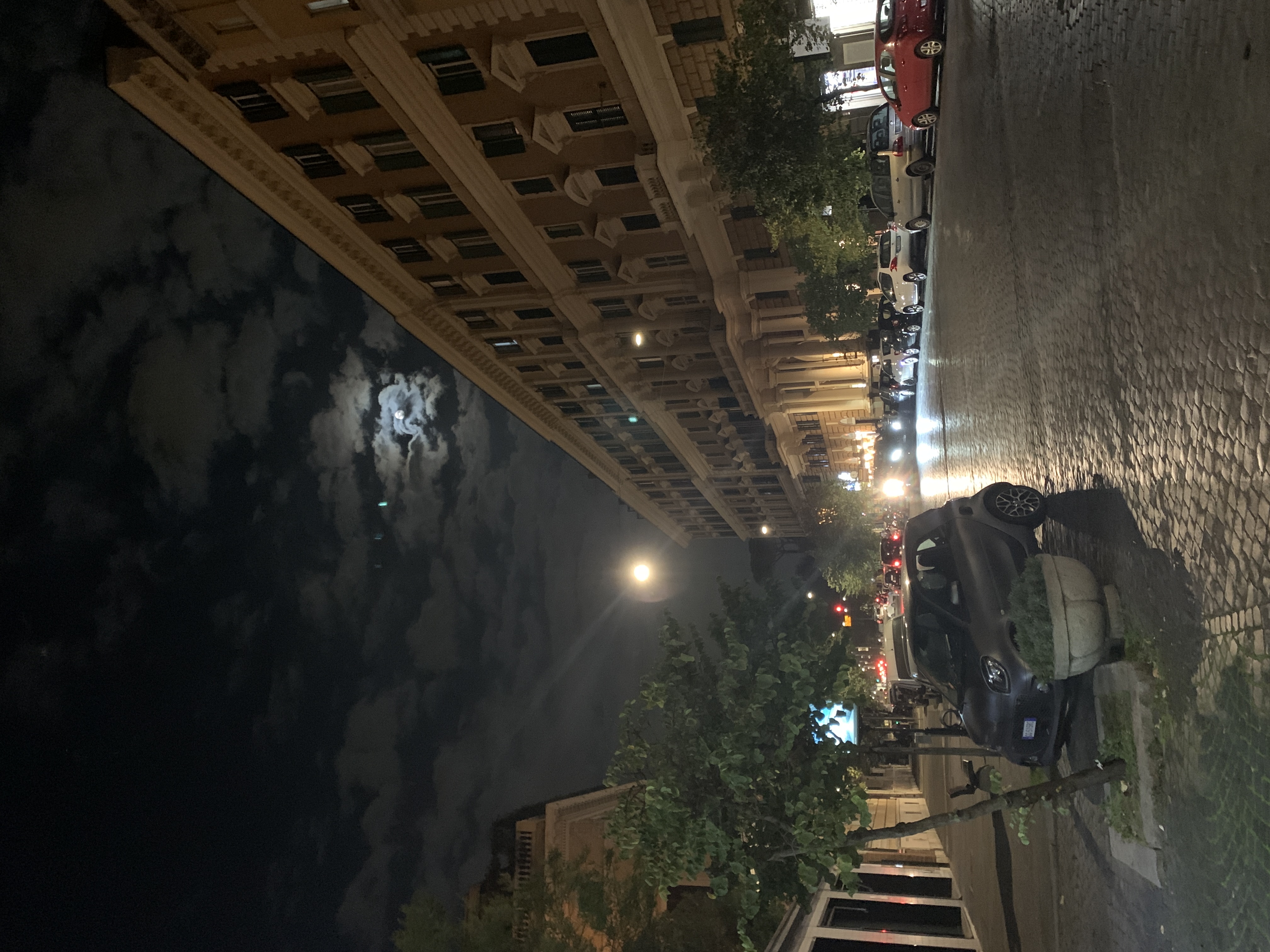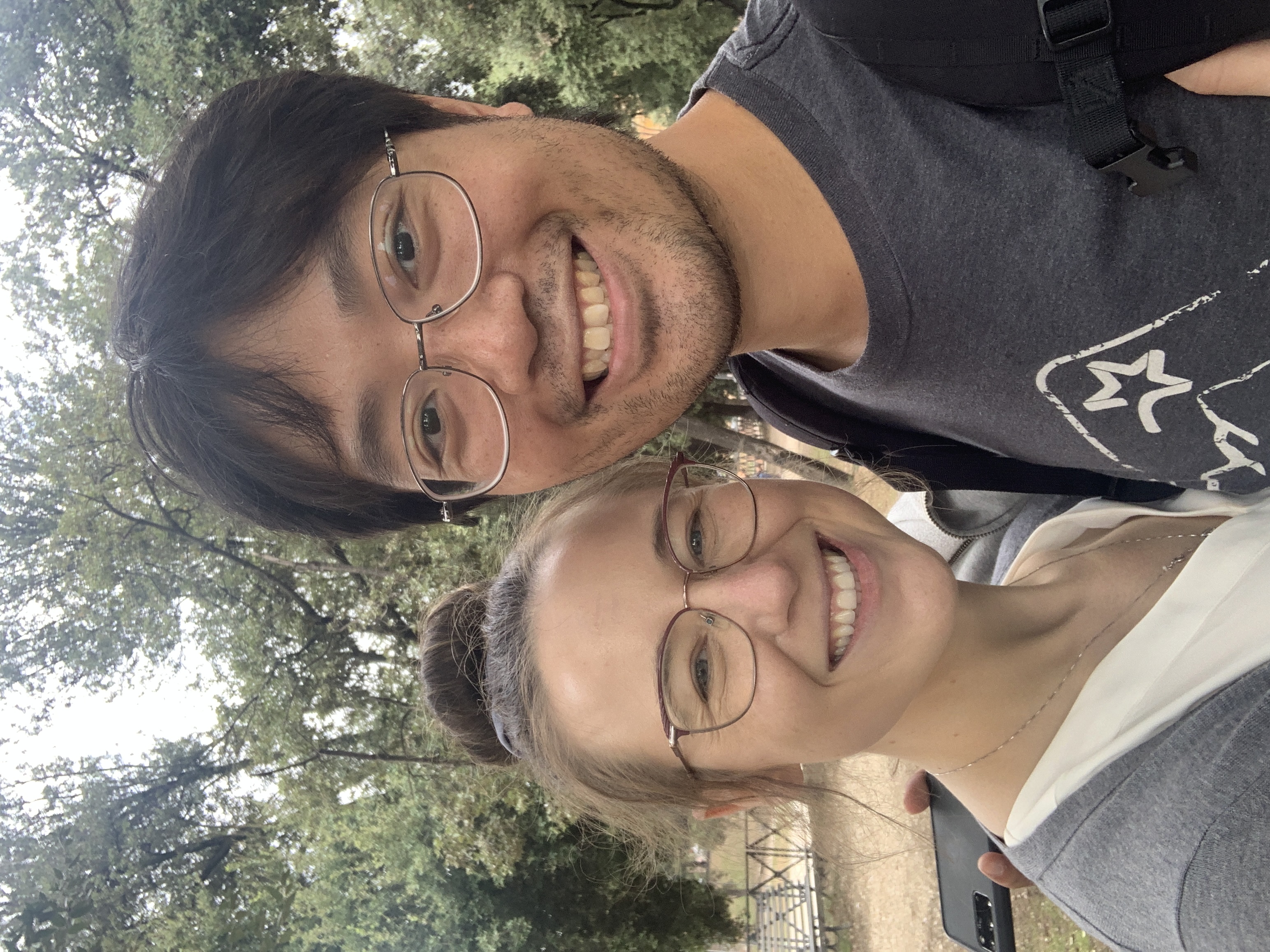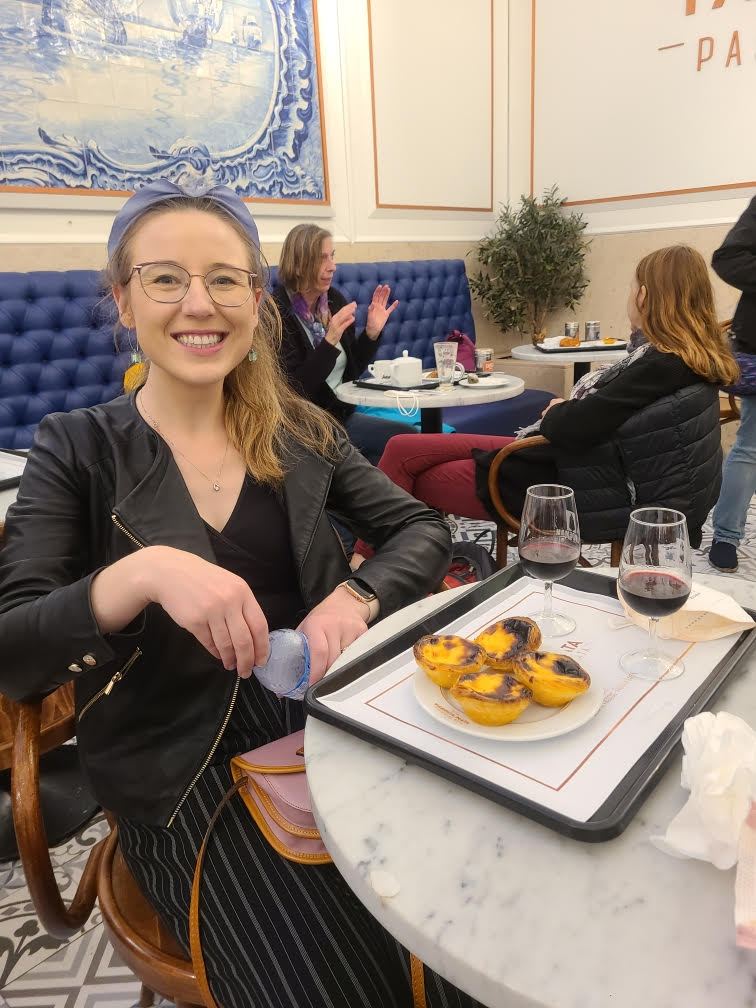“All roads lead to Rome” — Alain De Lille
In the last Roman Holiday post I covered our trip to the Trevi Fountain, the Vatican, and The Spanish Steps. You can check out that post here.
In this post I’ll cover the rest of my first trip to Rome. My favorite thing about Rome is that every turn and corner has a new adventure. You never know when a turn will take you to the Pantheon, a great art museum, or your new favorite resteraunt.

Villa Borghese:
The VIlla Borghese is a landscape garden in Rome, containing a number of buildings, museums (Galleria Borghese) and attractions. It’s the third largest public park in Rome with an estimated size of 197.7 acres. The gardens were developed for the Volla Borghese Pinciana (“Borghese villa on the Pincian Hill”) and built by the architect Flaminio Ponzio.
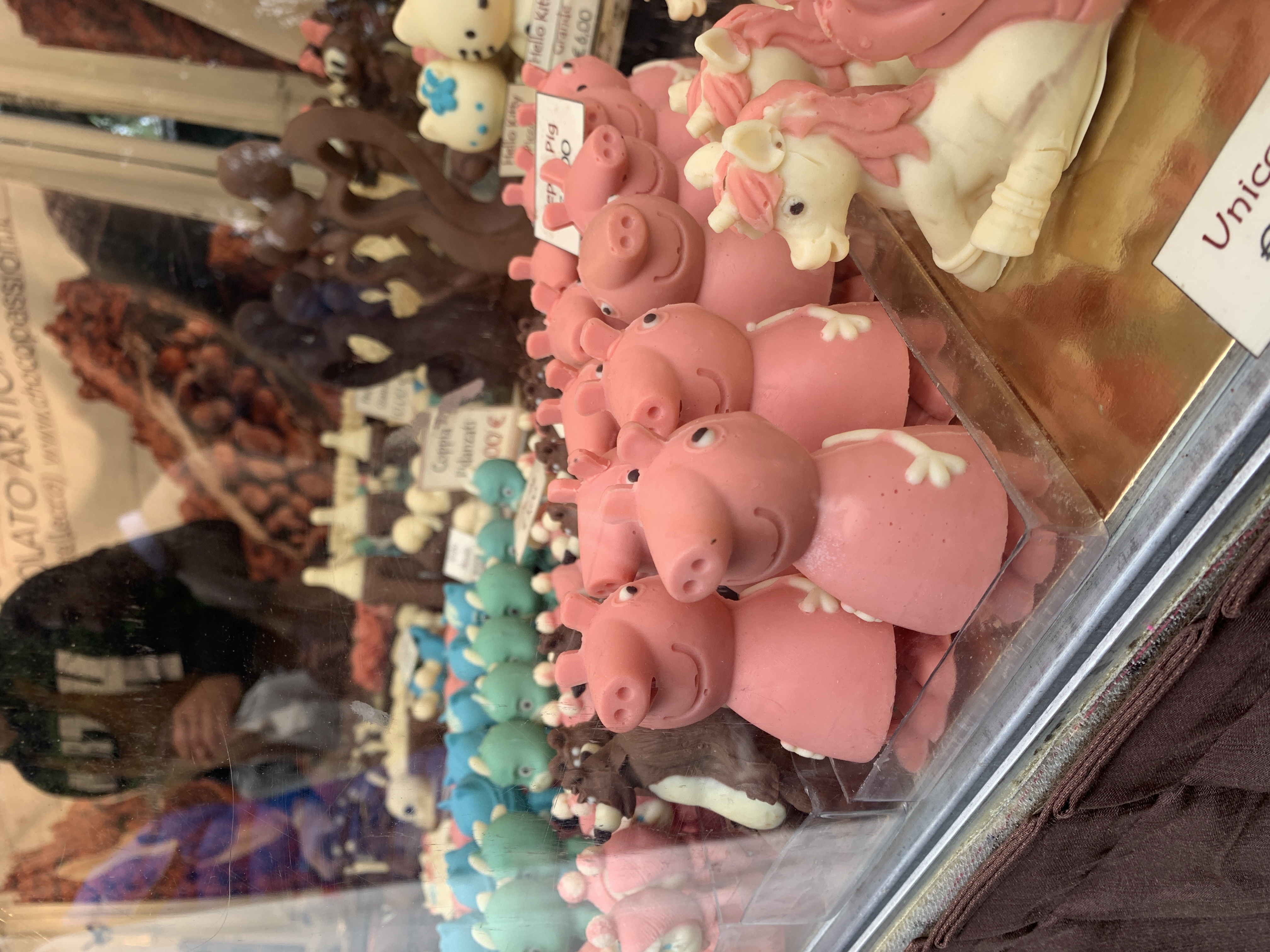
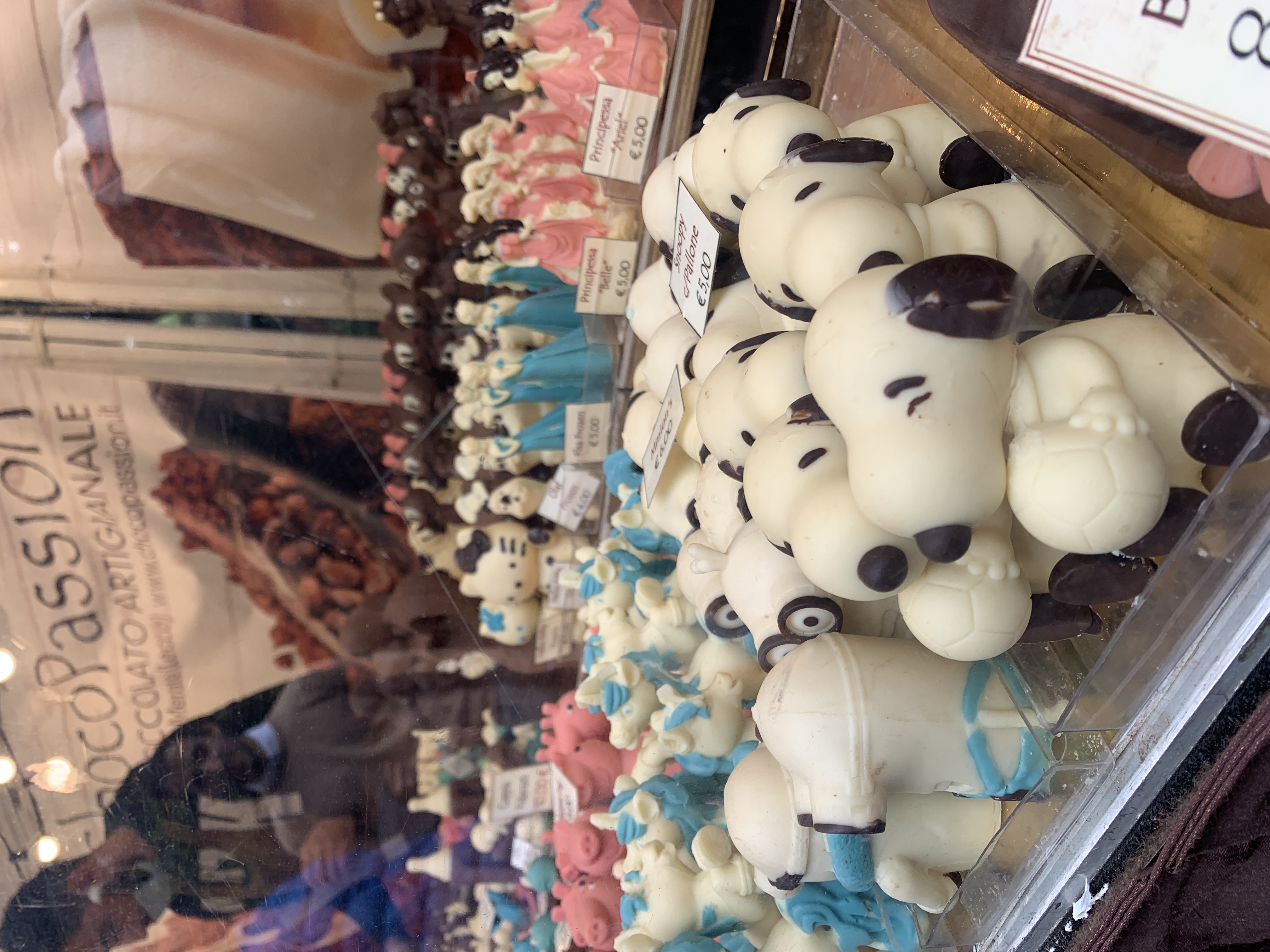
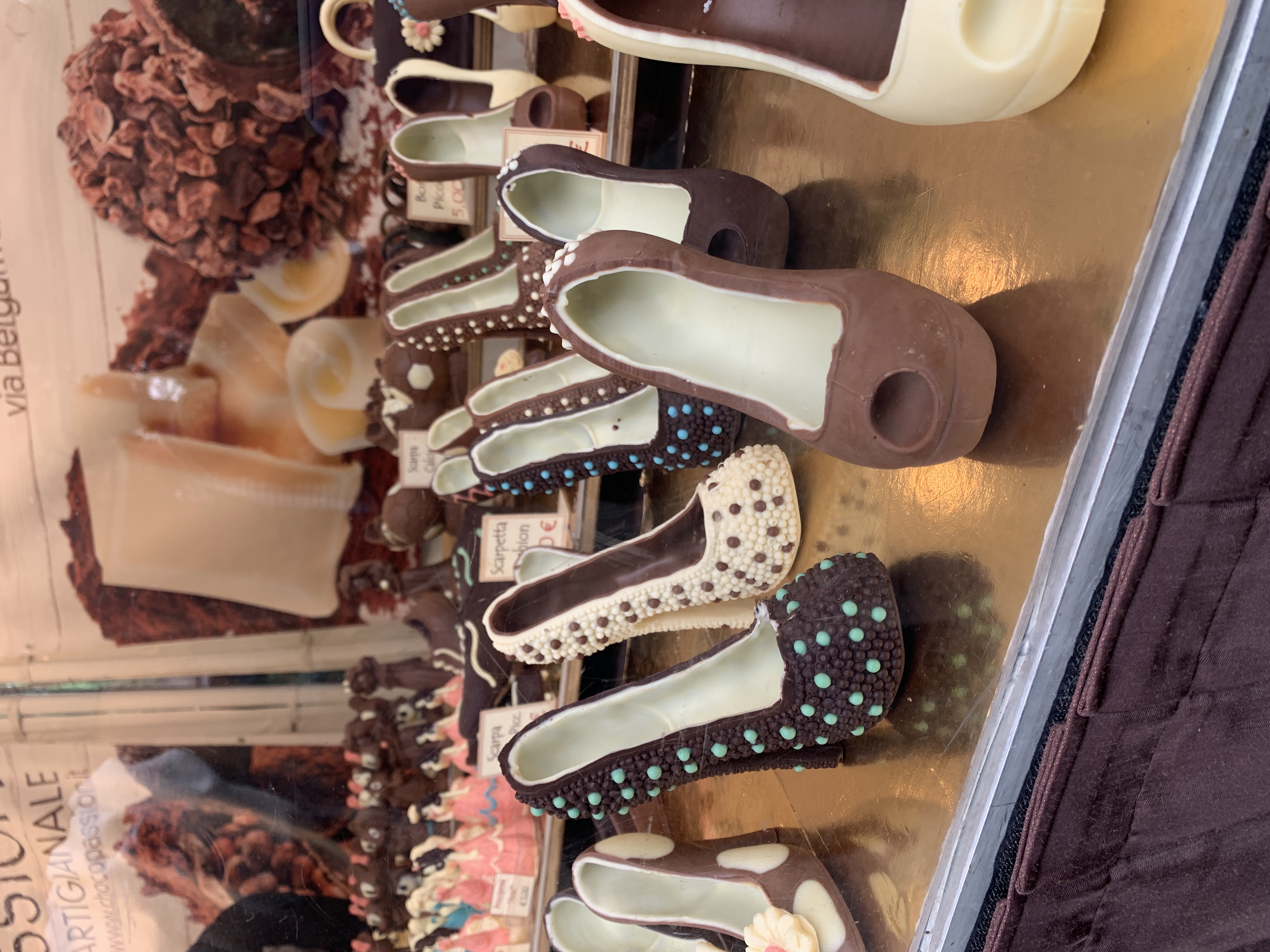
We then walked deeper into the city where we happen to turn a corner and see the Pantheon. Classic Rome.
Pantheon:
The Pantheon was originally a Roman Temple dedicated to all the gods, hence the name in Greek translates to “all the gods.” The Pantheon was built on the site of an earlier temple which had been commissioned by Marcus Vipsanius Agrippa during the reign of Augustus (27 BC — 14 AD). The original had burnt down, and the present structure was build by emperor Hadrian.
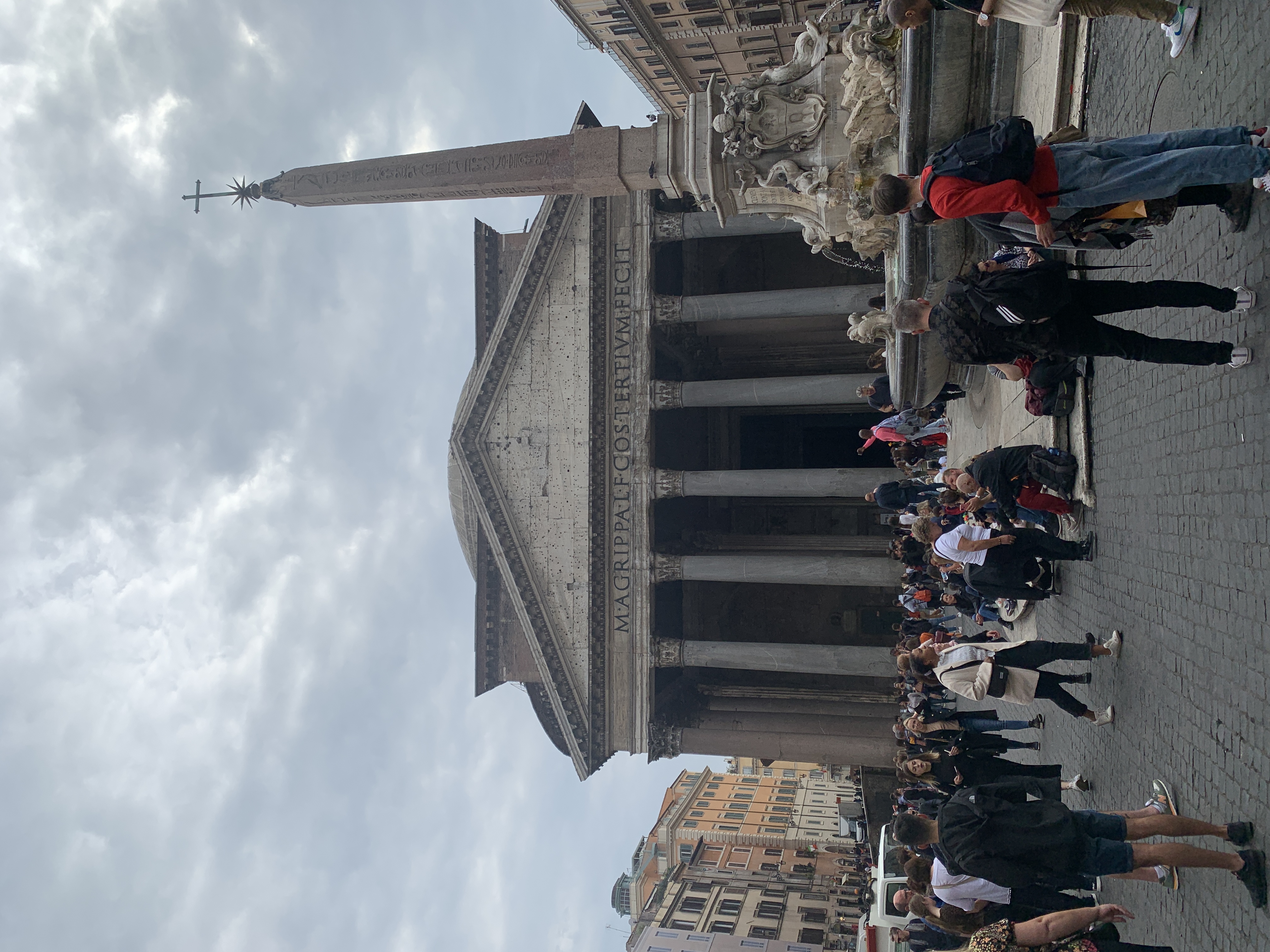
The building is round in plan, except the portico with the large granite Corinthian columns. Almost two thousand years after it was built, the Pantheon’s dome is still the world’s largest unreinforced concrette dome. The hight to the oculus and the diameter of the interior circle are the same (43 meters). Here are some fascinating Pantheon facts I learned only after I visited this incredible structure:

- The Pantheon’s original purpose is unknown. What the Romans used the Pantheon for is undocumented at best. Some archeologists believe it was to worship the emperors yet to be deified. Romans didn’t like to worship emperors as gods until after their death.
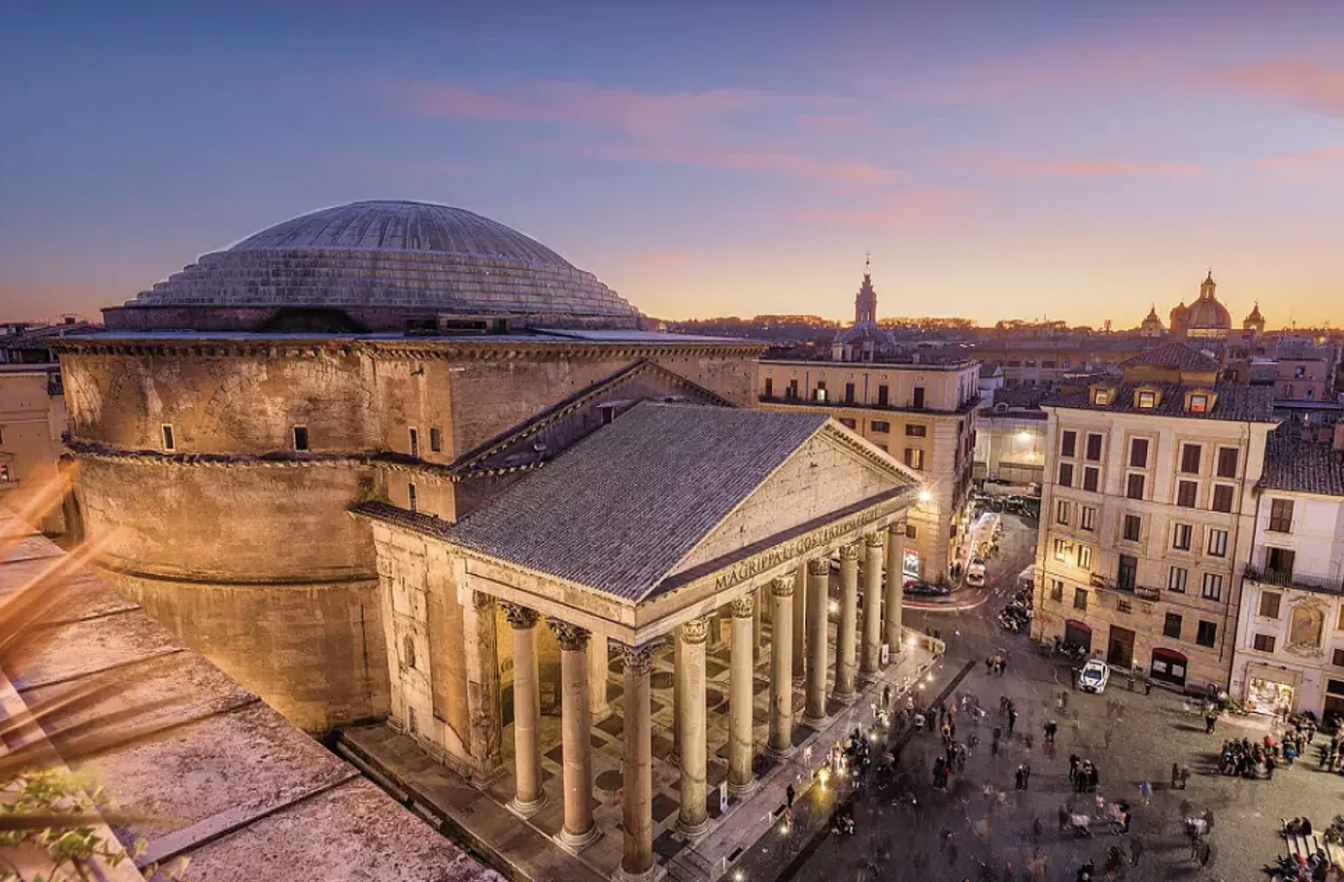
- The walls of the Pantheon are really really thick. The walls are approximately 20 feet thick in order to take the pressure of the dome. This is because, when you build a dome, pressure is exerted outwards and not just down.
- The Dome. Period. The dome is made entirely out of concrete with five rows of 28 coffers that decrease in size as you get closer to the oculus. Archeologists have revealed that the builders used lighter and lighter materials in the cement the higher up they got. This allowed the building to sustain all the pressure.
Most of all, remember to book your tickets well in advance as their are set times when entrance is allowed and the tickets are booked out well in advance. Fortunately, the periphery has many nice sit down spots where you can grab an Aperol Spritz and enjoy the people watching and this magnificent structure from the outside as you wait your turn.
Altare della Patria (“Wedding Cake”):
The “Wedding Cake” as it’s nicknamed, is a grand, neoclassical monument built to honor the first king of unified Italy, Victor Emmanuel II. It is situated in Piazza Venezia, between the Capitoline Hill and Via dei Fori Imperiali. It has neoclassical elements of Rome with early Christian architecture and offers incredible panoramic views of Rome, including the Colosseum and Piazza Venezia. Inside, is the Museo Centrale del Risorgimento which is a museum dedicated to the Risorgimento period.
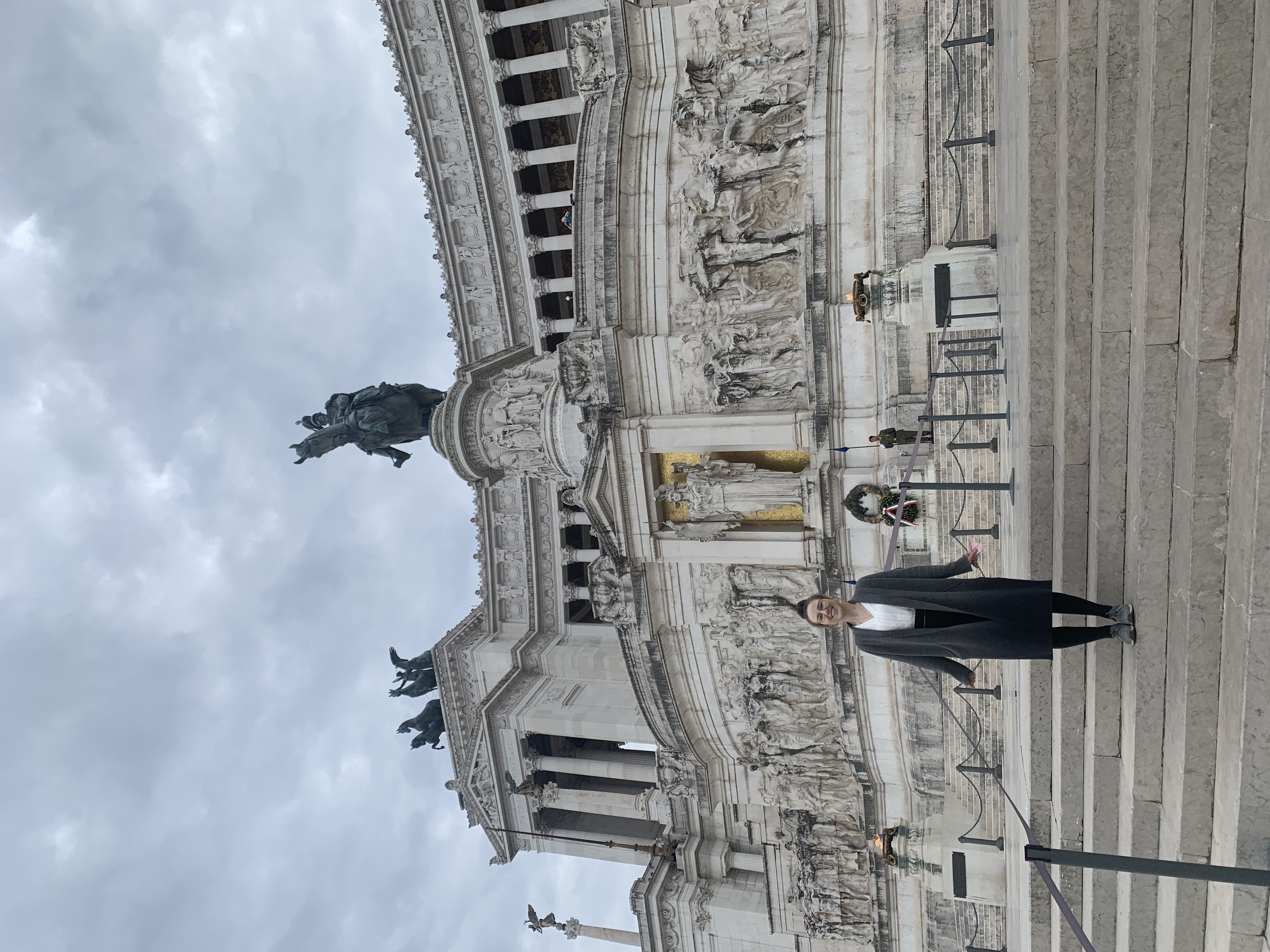
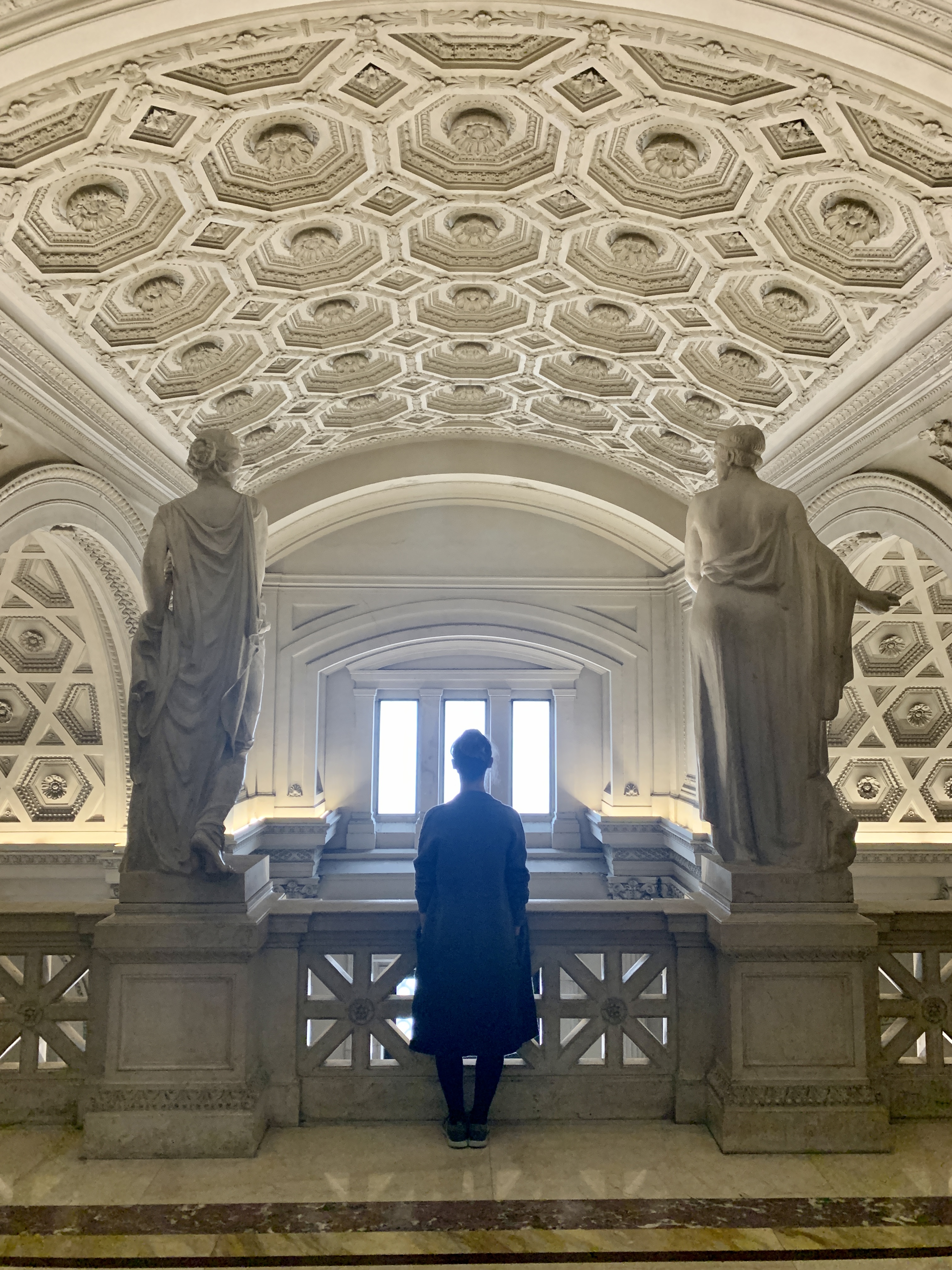
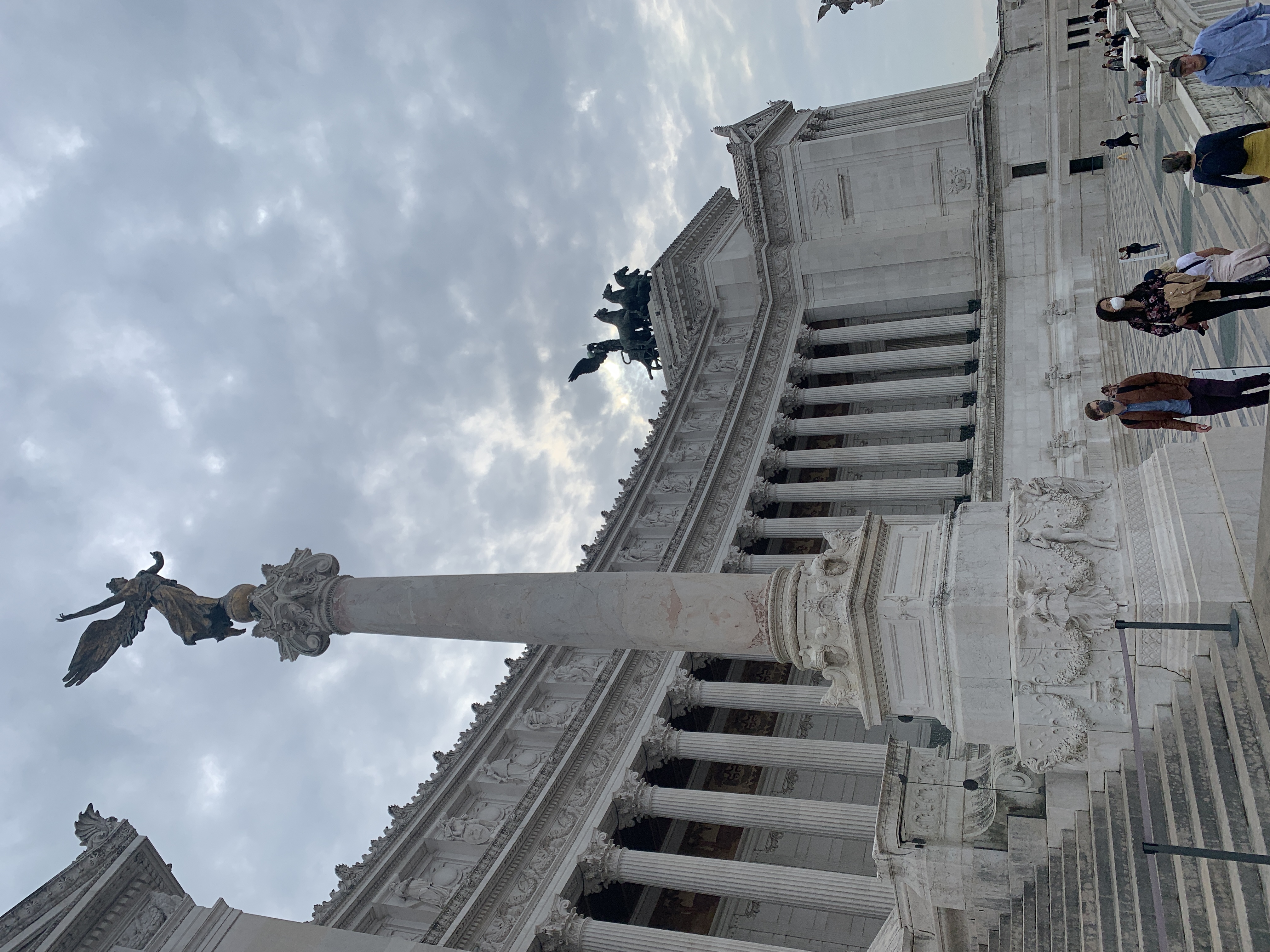
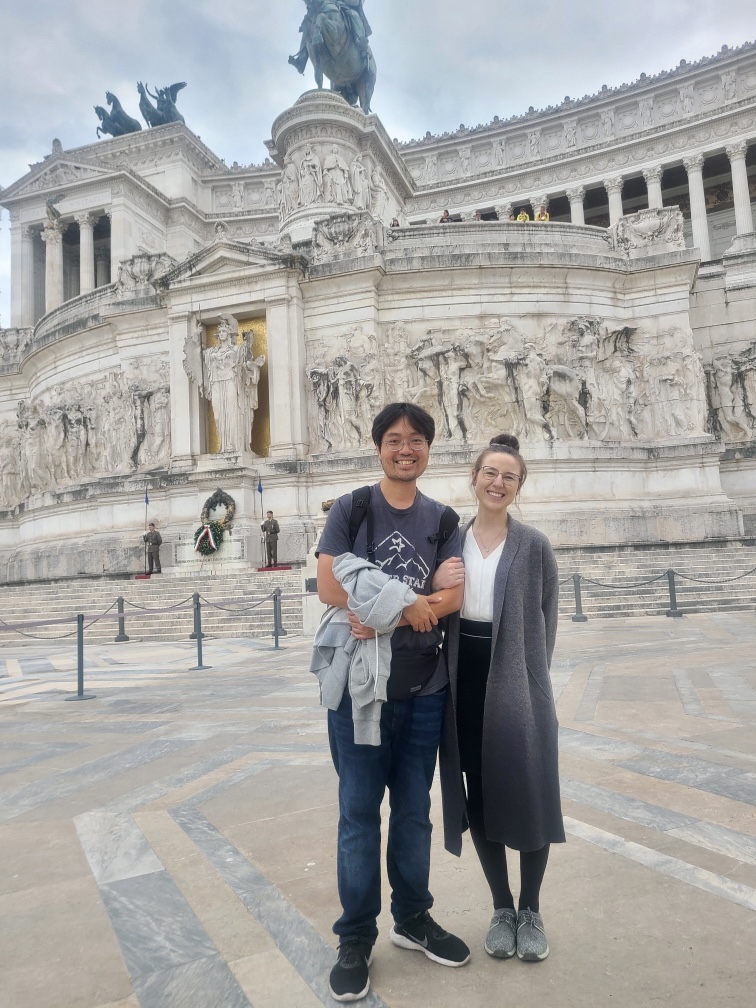
Food Tour:
We finished our evening with an incredible food tour. I love booking a food tour in every city because for me it’s the best way of getting to taste multiple bites of all the best spots.
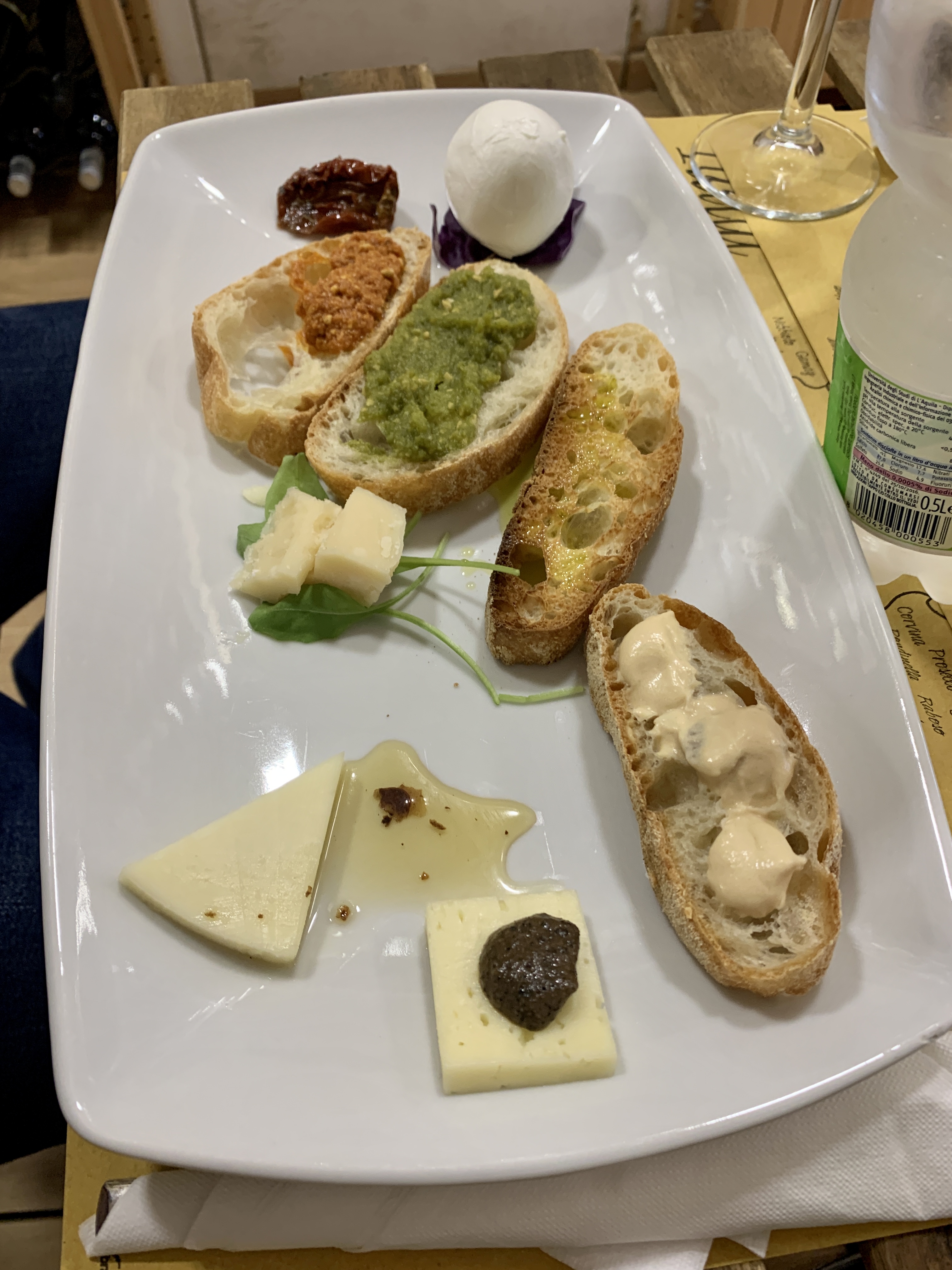
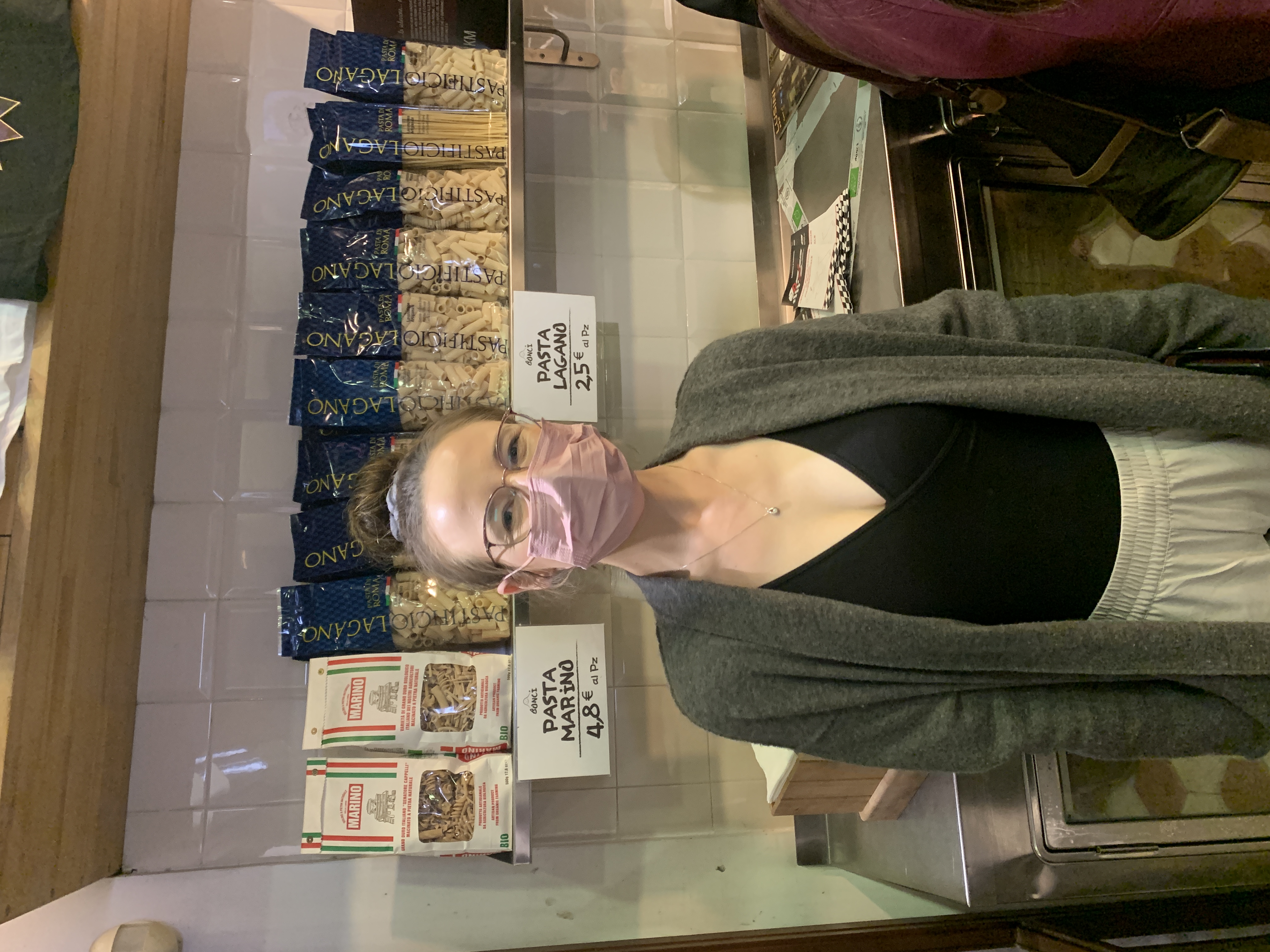
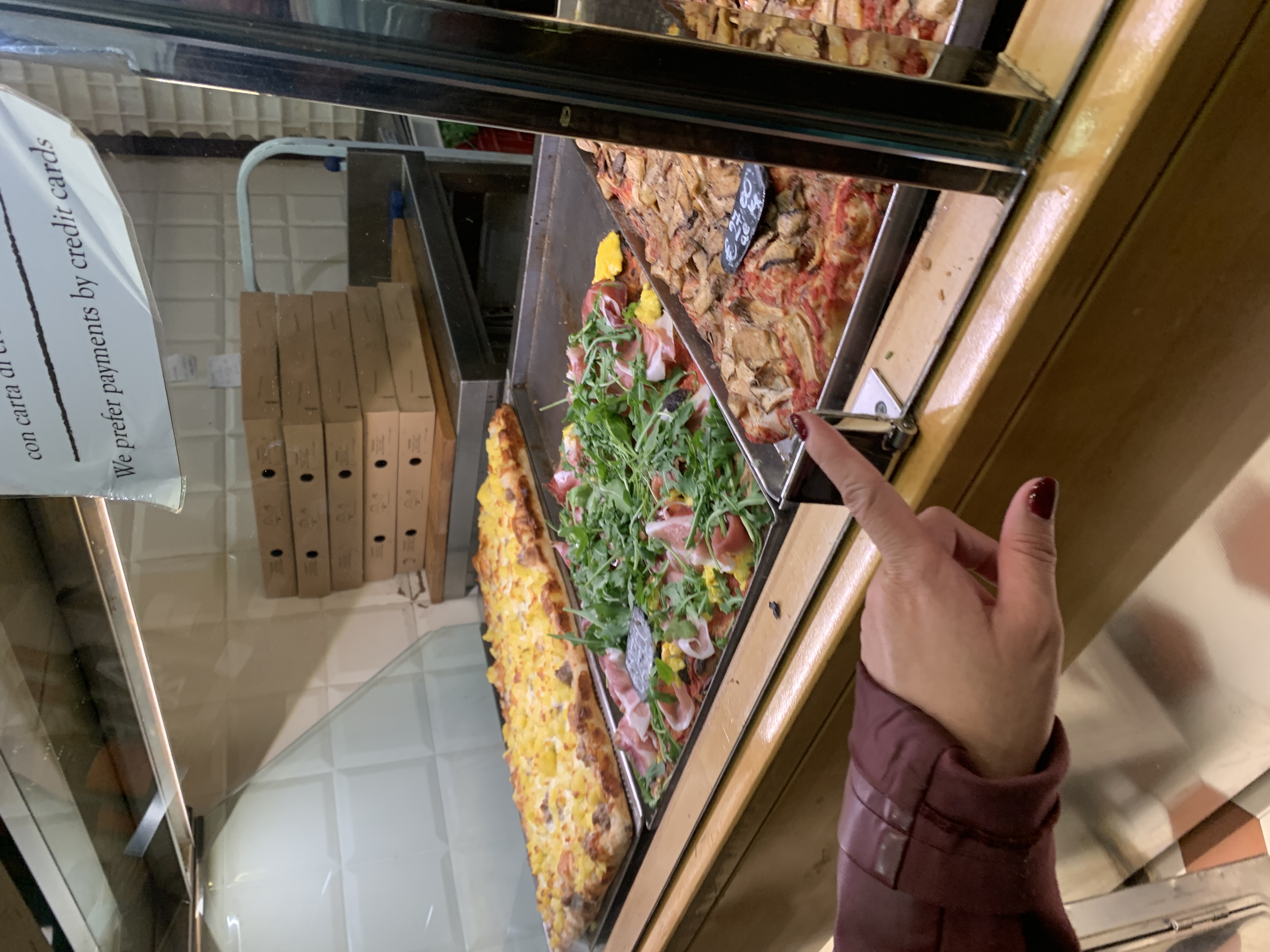
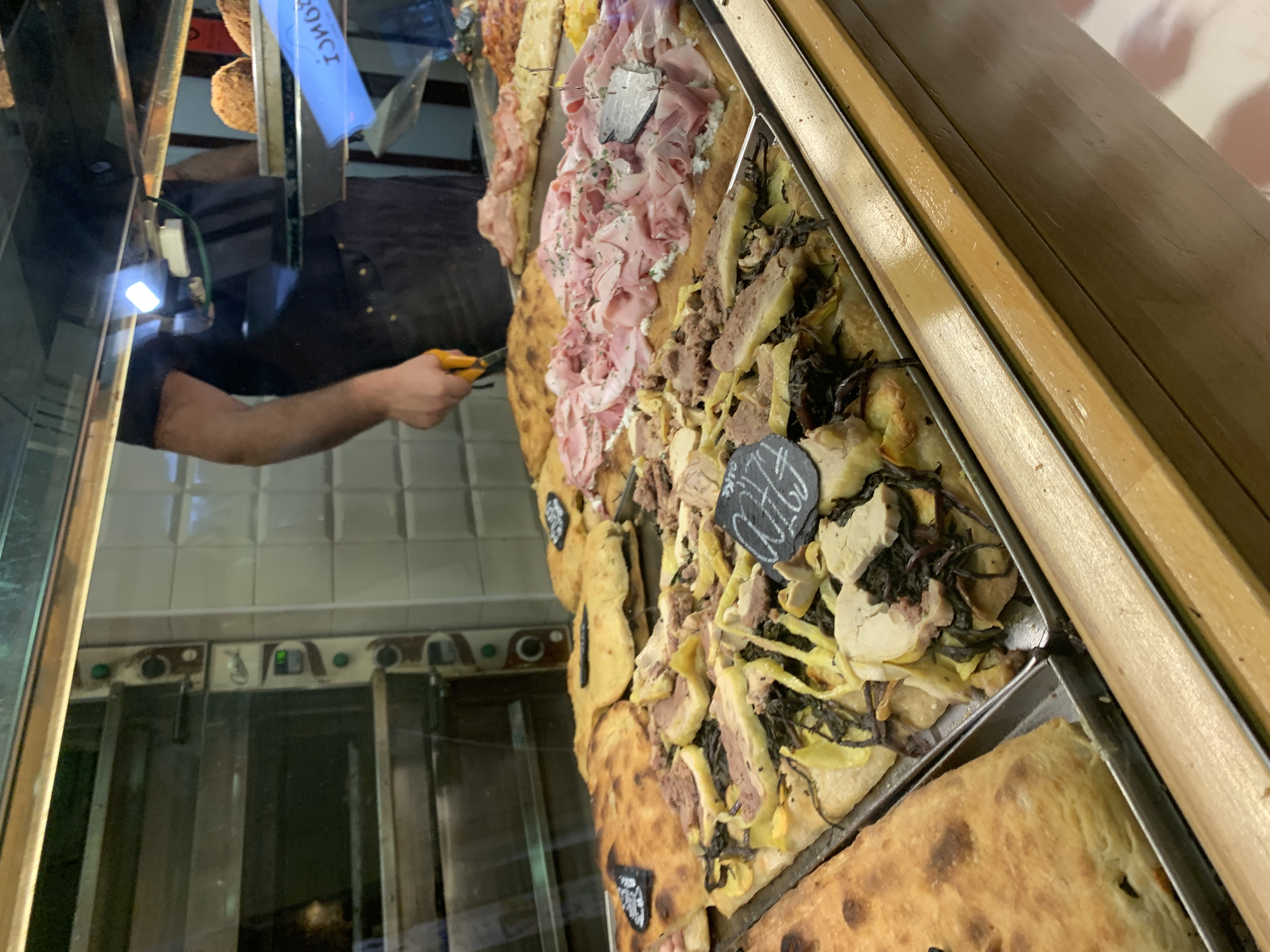

We were able to have 50 year old aged balsamic, three different kinds of pizza, pasta, arancini )the most delicious Sicilian rice balls) and wine, wine, wine.

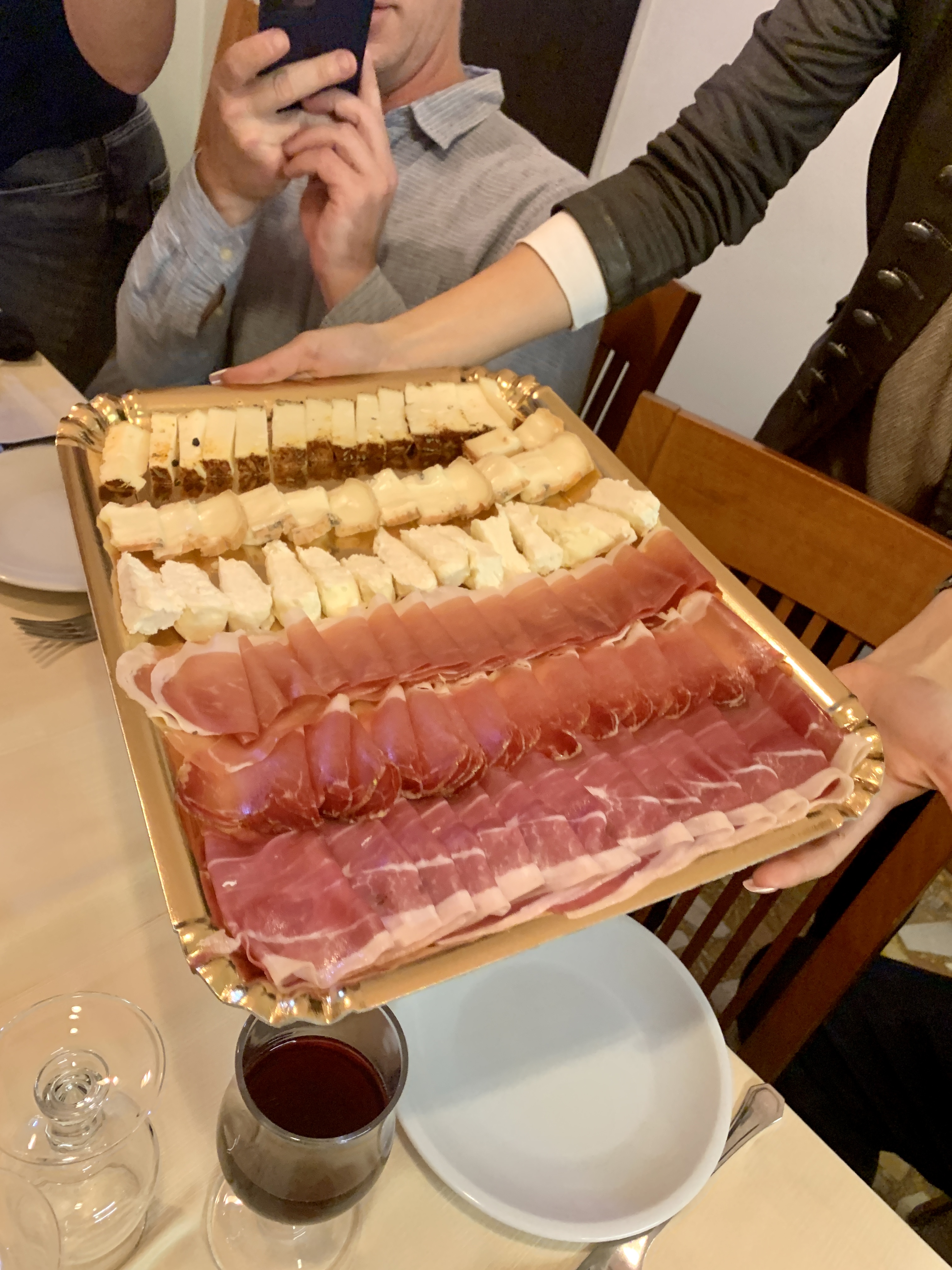

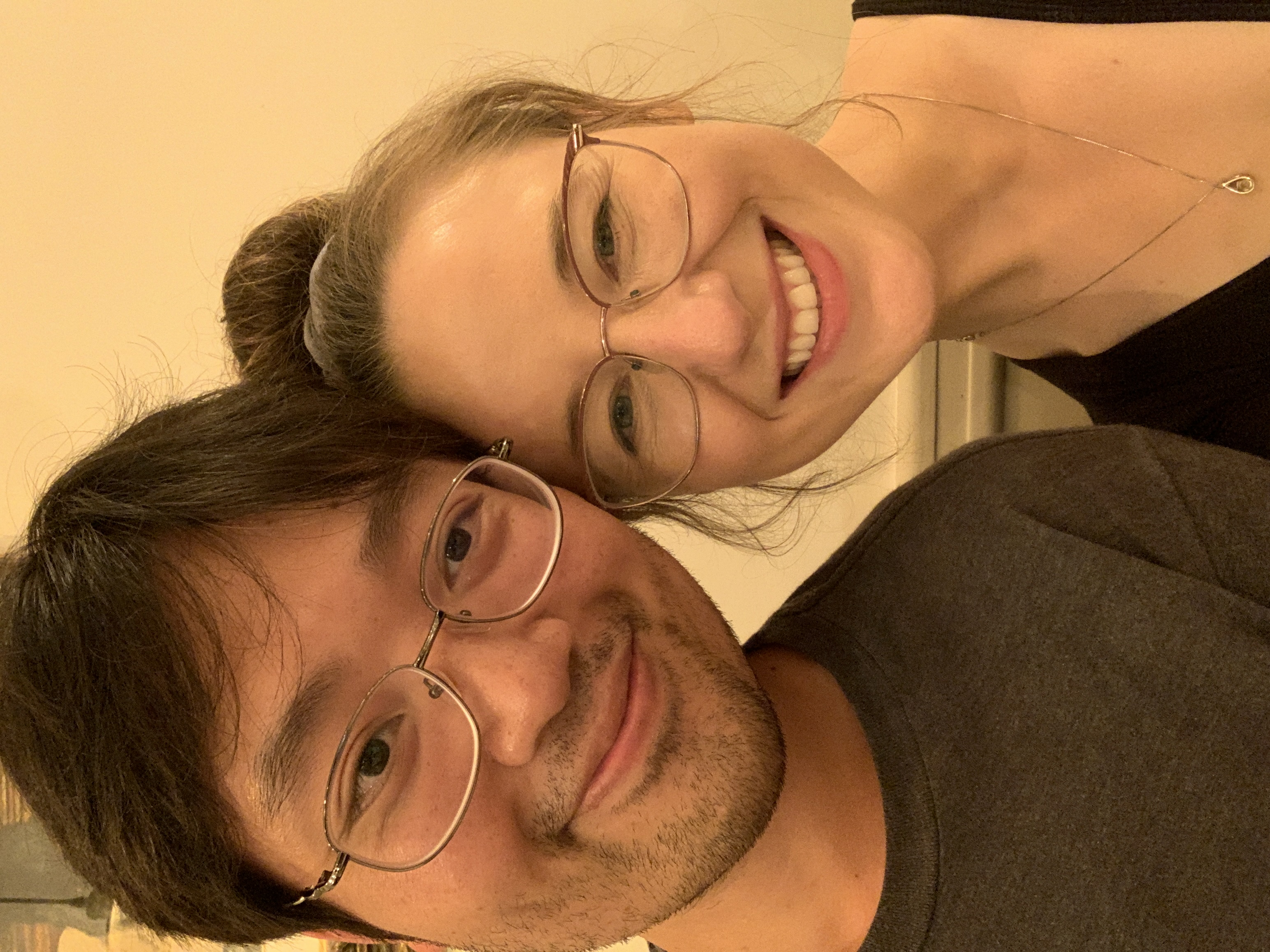
Pizza:
Is there a tastier food? I’m not sure. But I was shocked to learn that pizza didn’t originate from Italy (don’t tell Napoli…) It is believed that pizza has Greek origins, with bread oven remnants being foujnd circa 14,000 years ago. The Greek originally created flatbreads and added toppings, which was then slowly defined in Naples, which was previously a Greek port city.
The legend of the classic pizza is that it was made for King Umberto I and Queen Margherita of Italy during their visit to Napoli. In 2012 , Rome broke the world record for world’s largest pizza. A group of chefs came together and created a pizza with a surface area of an impressive 13,580 square feet. It had 10,000 pounds of mozzarella, 20,000 pounds of flour, and was named Ottavia, after Octavian Augustus the Roman Emperor.
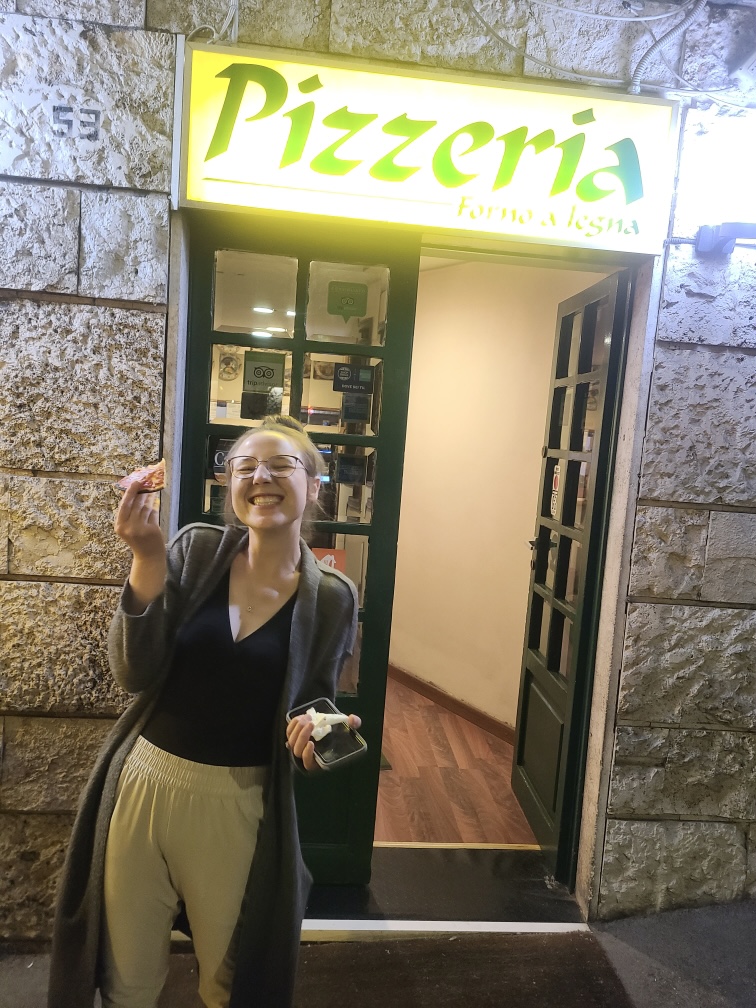

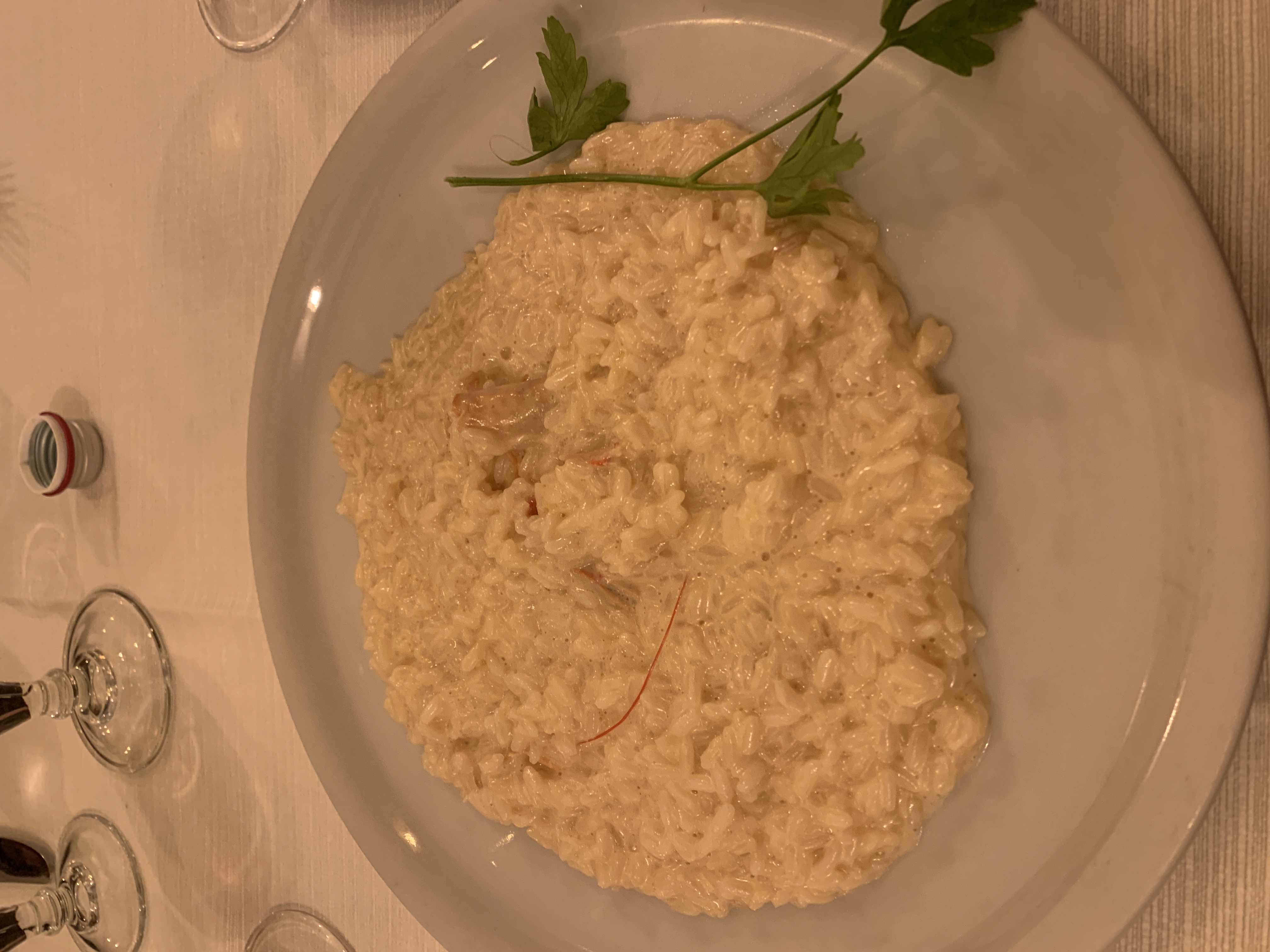

We finished the evening with an amazing gelato because despite eating three different kinds of pizza and more pasta than I thought physically possible…there is always room for gelato.
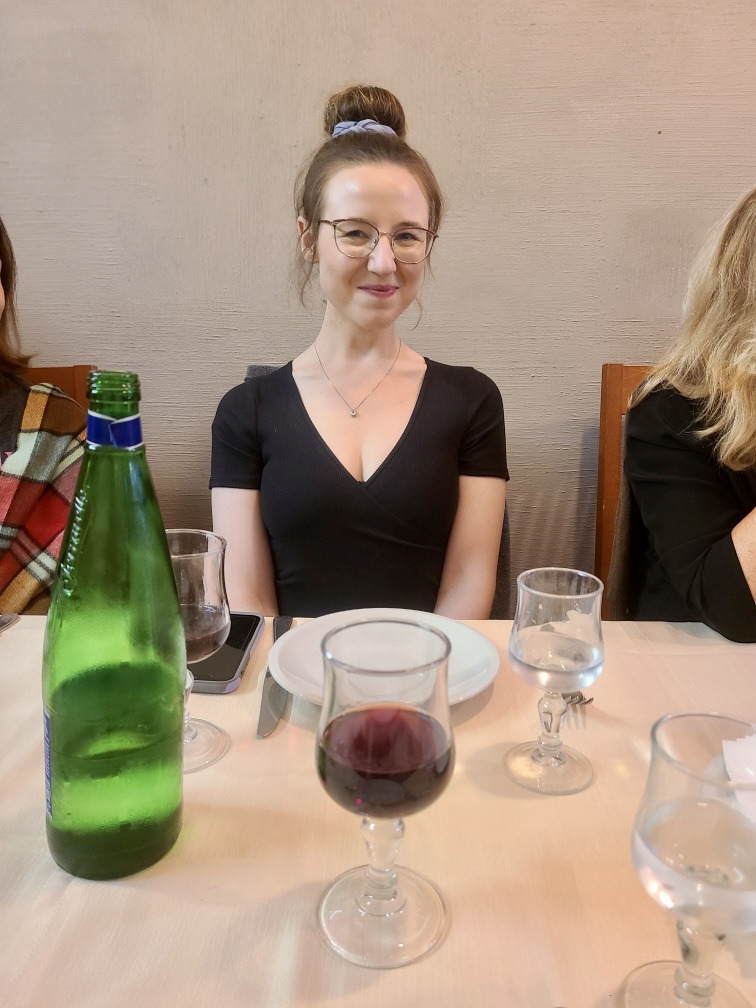

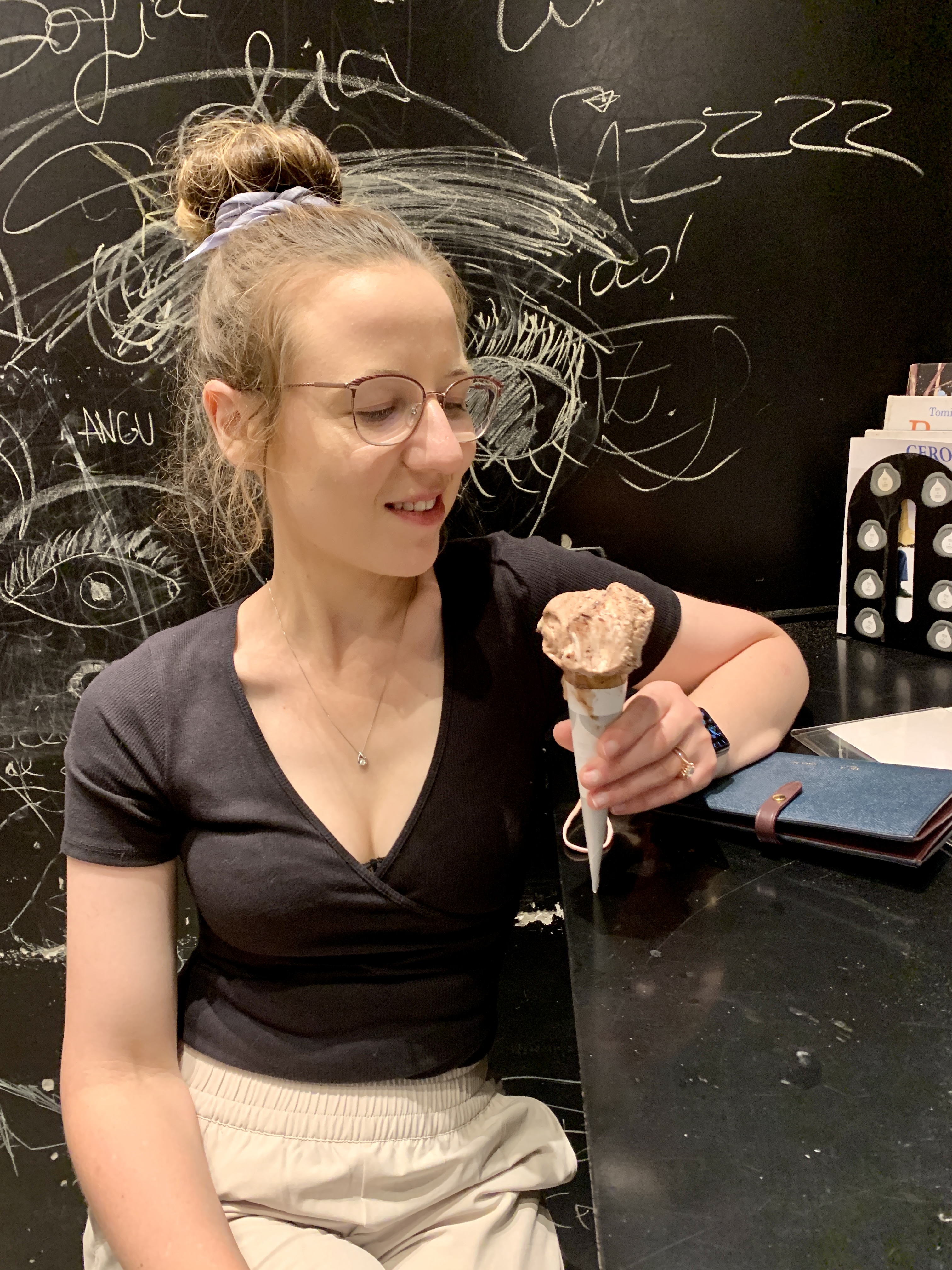
Saint Peter’s Basilica:
The next morning we headed very early to see St Peter’s Basilica. It is lovated in the Vatican city and was built in the 4th century by Roman emperor Constantine the Great. The construction began April 18th 1506 and was completed on the 18th of November 1626. The Basilica is the burial site of Saint Peter, chief among Jesus’s apostles. Saint Peter’s tomb is directly below the high altar of the basilica, also known as the Altar of the Confession. For this reason, many popes, cardinals, and bishops have been interred at St Peter’s since the early Christian period.
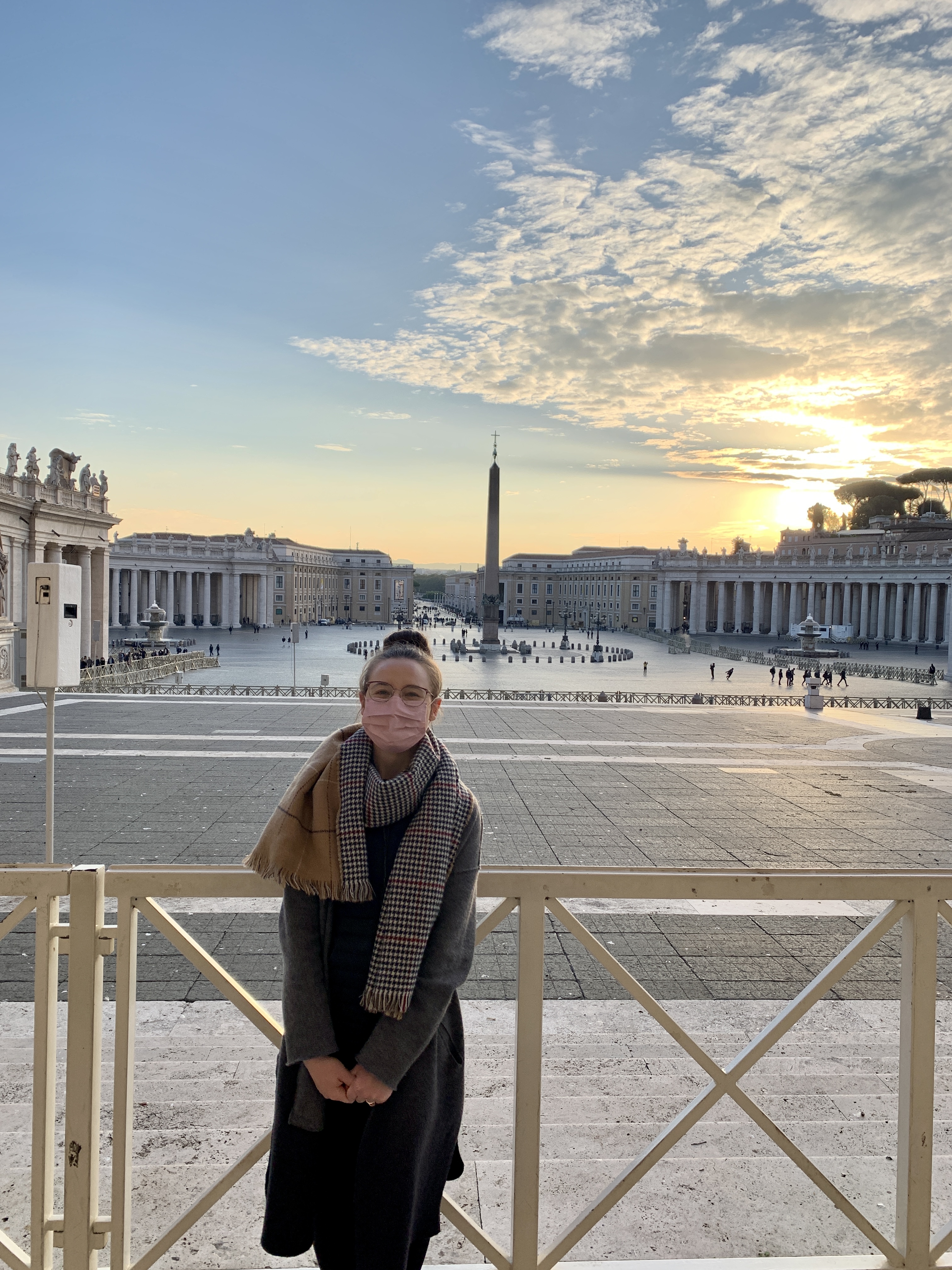

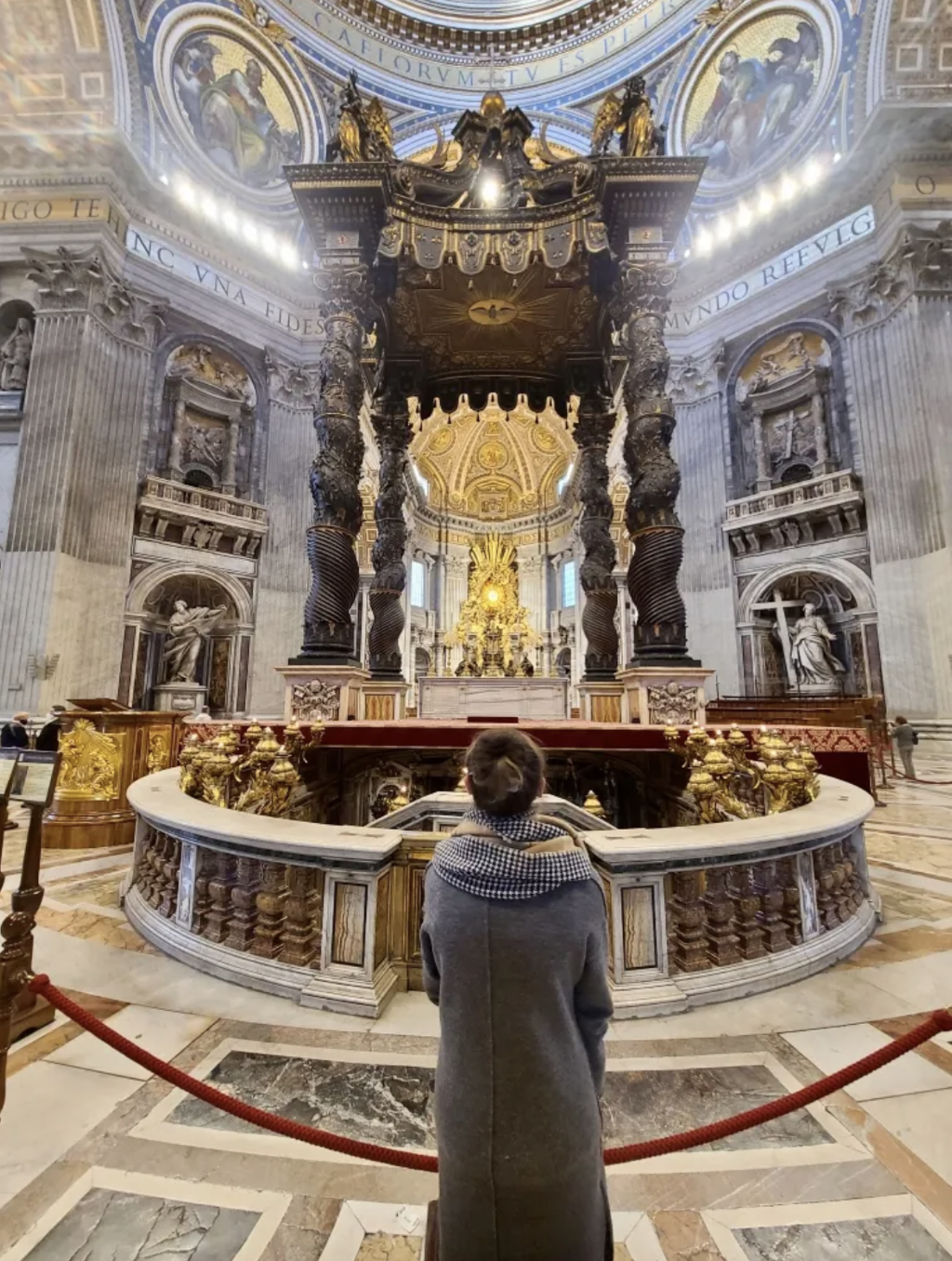
I’m not religious, but my favorite part of the Basilica was The Pieta. It’s a marble sculpture by Michelangelo depicting the Virgin Mary cradling the body of Jesus after his crucifixion. It is a stunning portrayl of grief and maternal love and it is widely considered as one of Michelangelo’s most touching works. I could sit in front of The Pieta all day. it’s mesmerizing, beautiful, and it’s hard to walk away from. I would make sure to visit as early in the morning as possible to be able to enjoy this gorgeous statue to yourself for a few moments.
We visited during covid and I’m not sure if the Basilica will ever be as empty as it was then. The Basilica is absolutely stunning and the space makes you feel so small.

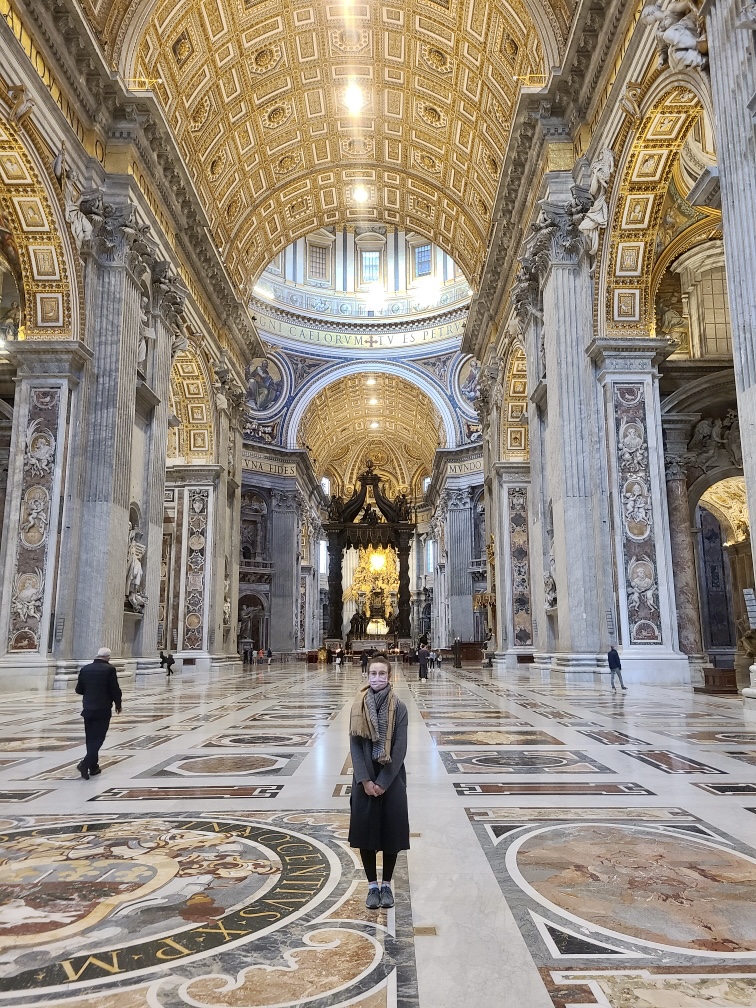
The Streets of Rome:
After the Basilica we spent the rest of the day exploring the winding and magical streets of Rome stopping by different spots for snacks. I love how the Romans mastered the delivery of fresh water with a series of aqueducts and fresh water is still available around the city from these fountains.
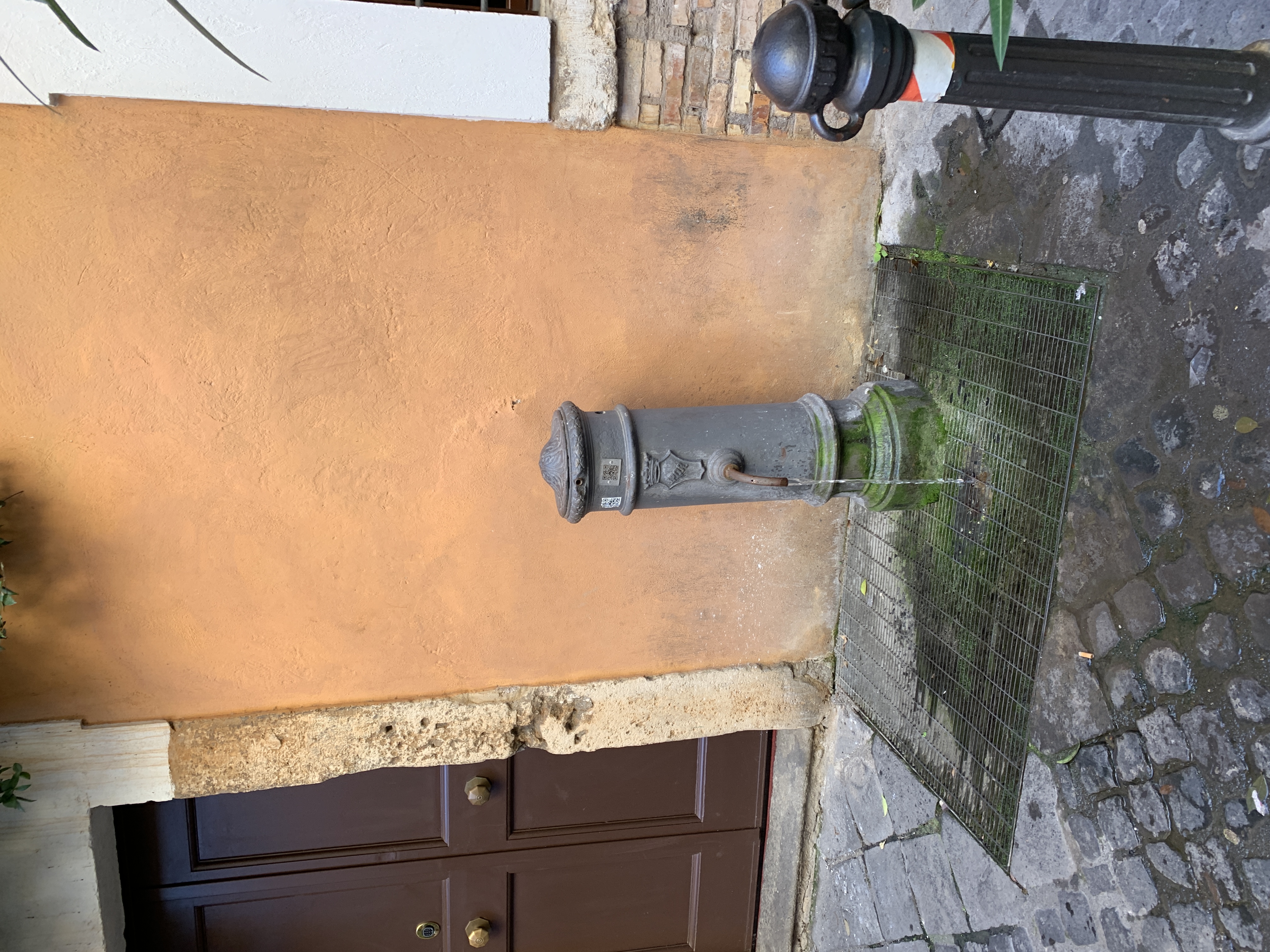
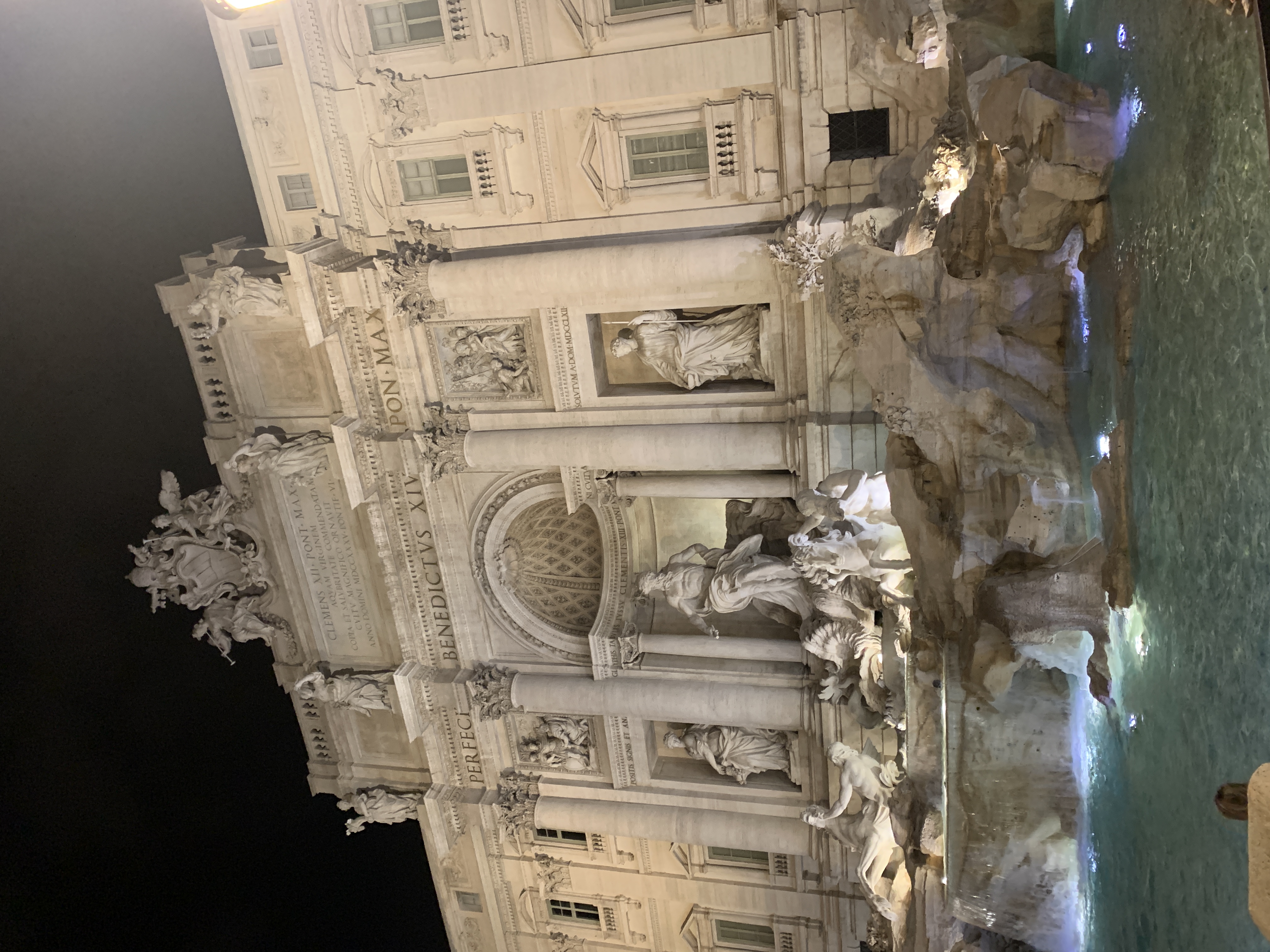
I hope this helped you plan your own trip to Rome! I can’t wait to go back.
